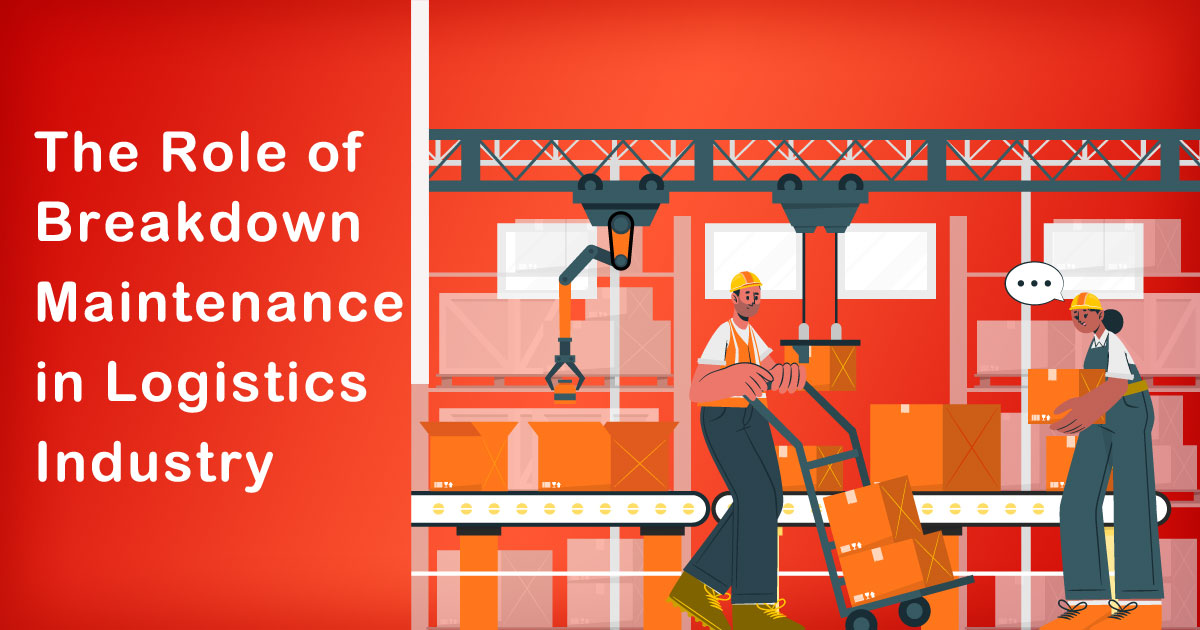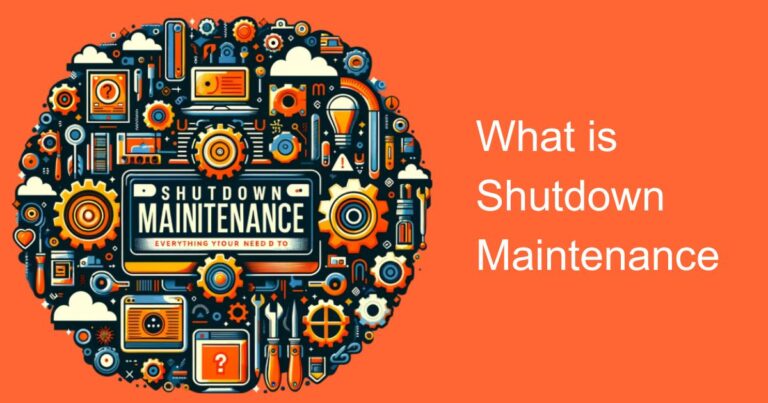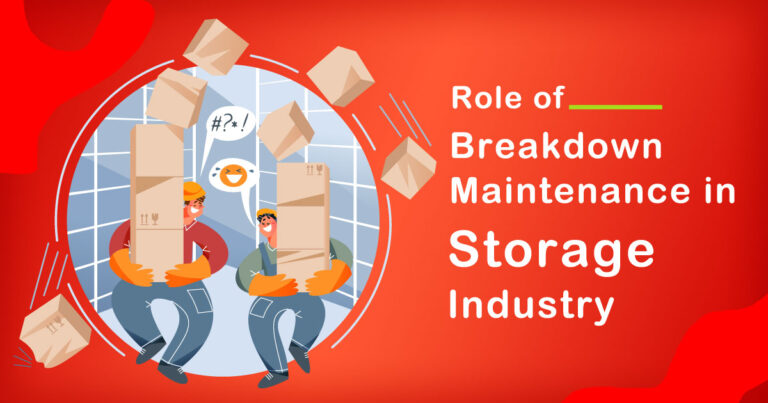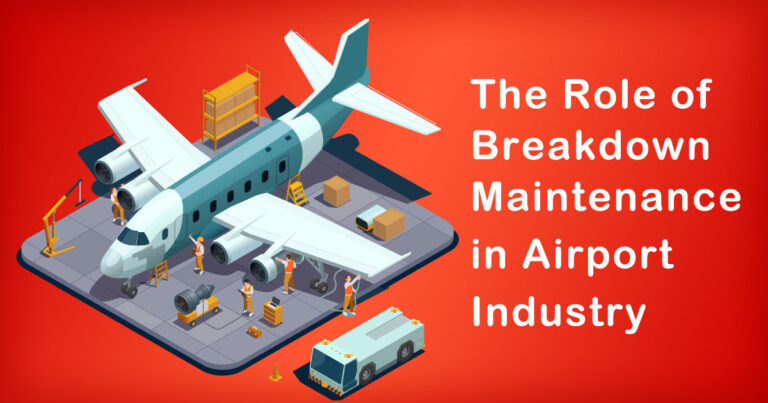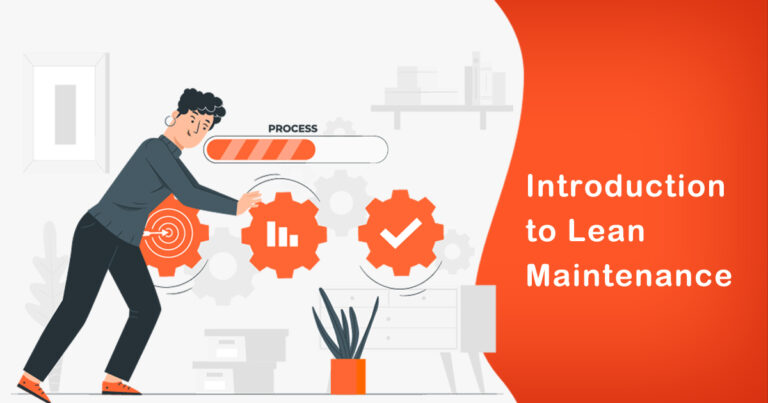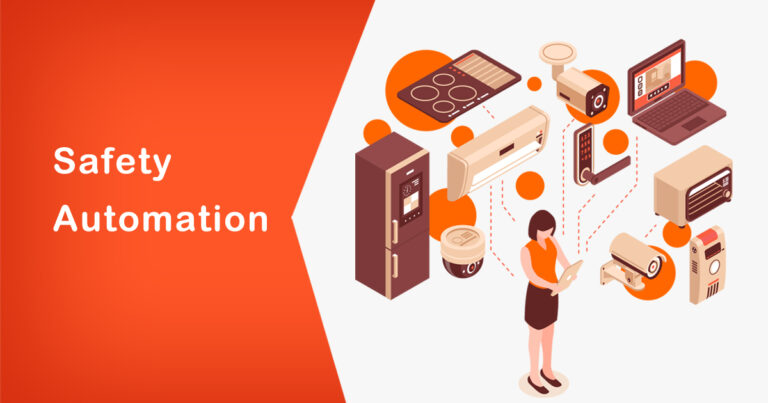Introduction
In the fast-paced world of logistics, efficiency and reliability are paramount to ensure seamless supply chains and timely deliveries. The Indian logistics industry has been experiencing exponential growth, fueled by increasing consumer demands and the rise of e-commerce. However, with this growth comes the challenge of maintaining a robust infrastructure and managing unexpected breakdowns that can disrupt the entire supply chain. In this blog, we explore the critical role of breakdown maintenance in the Indian logistics industry, backed by research and facts.
Understanding Breakdown Maintenance:
Breakdown maintenance, also known as reactive maintenance, refers to the repair and restoration of equipment or vehicles after they have broken down. It involves addressing unforeseen issues and fixing the problem as quickly as possible to minimize downtime. While preventive maintenance focuses on scheduled inspections and routine servicing, breakdown maintenance plays a crucial role in handling unplanned disruptions.
The Impact of Breakdowns on Logistics:
In the logistics industry, breakdowns can have severe repercussions. When a vehicle breaks down, it can lead to delayed deliveries, customer dissatisfaction, and increased operational costs. Moreover, frequent breakdowns can tarnish the reputation of logistics companies, leading to lost business opportunities. Therefore, minimizing breakdown time is vital for the sustainable growth of the logistics sector.
Key Factors Contributing to Breakdowns:
a. Aging Fleet:
An aging fleet of vehicles is more susceptible to breakdowns due to wear and tear. According to a report by the Society of Indian Automobile Manufacturers (SIAM), the average age of commercial vehicles in India is around 8.5 years, which is higher than many developed countries.
b. Poor Road Infrastructure:
India’s logistics industry heavily relies on road transport, but the country’s road infrastructure still faces challenges, especially in rural areas. Potholes, uneven surfaces, and lack of proper maintenance can lead to breakdowns.
c. Lack of Timely Maintenance:
Delaying regular maintenance checks and repairs due to cost-cutting measures can lead to minor issues escalating into major breakdowns.
The Role of Breakdown Maintenance in the Logistics Industry:
a. Minimizing Downtime:
Breakdown maintenance focuses on rapid response and quick repair, minimizing downtime and ensuring a swift return to operations. Logistics companies that prioritize breakdown maintenance can stay ahead of their competitors by offering reliable and timely services.
b. Cost-Effectiveness:
Contrary to the perception that breakdown maintenance is costlier, well-planned reactive maintenance can be cost-effective. Regular inspections and minor repairs can prevent major breakdowns that incur higher costs.
c. Enhancing Reputation:
Efficient breakdown maintenance can boost a logistics company’s reputation for reliability, which is vital in a competitive market. Satisfied customers are more likely to choose a company that delivers goods on time consistently.
Implementation of Breakdown Maintenance Strategies:
a. Real-time Monitoring:
Implementing telematics and IoT (Internet of Things) solutions allows companies to monitor their fleet in real-time, enabling quick identification of potential issues and preemptive maintenance.
b. Training and Skill Development:
Providing specialized training to maintenance teams equips them with the knowledge and skills to handle breakdowns effectively.
c. Spare Parts Management:
Ensuring an adequate inventory of spare parts can significantly reduce downtime as mechanics can promptly replace faulty components.
Conclusion:
In the dynamic landscape of the Indian logistics industry, breakdown maintenance plays a pivotal role in maintaining smooth operations and meeting customer expectations. By adopting proactive strategies, such as real-time monitoring and investing in fleet maintenance, logistics companies can minimize breakdowns and associated costs. As India’s logistics sector continues to evolve, a strong emphasis on breakdown maintenance will be crucial for sustainable growth and success in this competitive domain.


